Maltese Donkey Diplomats Dispatched to Mediate Muscovite Misunderstandings
Unconventional Peace Talks: The Tale of an Island’s Peace Pursuits
It was a typical sunny afternoon in Malta, where the sea shimmered like a sapphire and the tourists flocked to Valletta, Mdina, and the sister isle of Gozo, enjoying their ħobż biż-żejt and debating whether the pastizzi from Crystal Palace truly were the best. But not Carmenu, the local statue cleaner in Mosta. No, Carmenu had grander plans—establishing an unorthodox squad of peace negotiators: donkeys.
Upon hearing that the Maltese foreign minister, Tonio Borg, had reiterated calls for Russia to skedaddle out of Ukraine, Carmenu had an epiphany. He’d seen the docile demeanor of his donkey, Ħażina, soothe even the most heated arguments among tourists over sunbed territories. Why not send a delegation of these diplomatic asses to Moscow?
A Neigh to Conflict
“Everyone calms down when they see Ħażina; her eyes are like the calm Mediterranean waves,” said Carmenu in an exclusive interview. “Imagine Putin’s heart melting as she trots in, a fuzzy ambassador for peace!”
So he pitched the idea to Tonio Borg, fully expecting a chuckle and a gentle ‘mela, are you serious?’ Instead, to his shock, the minister found it to be a braying good idea.
The Misadventure Begins: Donkeys Abroad
The scene at Malta International Airport was unforgettable. A posse of peace-promoting quadrupeds, branded with “Make Love, Not War” on their blankets, boarded their flight (after much difficulty fitting through the metal detectors). Their arrival was anticipated to be a soft hoof in the door to peace talks.
However, upon landing in Russia, they faced their first hurdle. The donkeys, accustomed to the warm Maltese climate, were not fans of the Moscow frost. They huddled in their collective warmth, refusing to diplomatize with the chill.
In Search of Sunnier Negotiations
It was now up to Leli, the donkey handler, a former DJ who traded turntables for hooves, to turn this misadventure around. He bundled the donkeys up in babushkas and somehow coaxed them indoors for the monumental meeting.
“These donkeys are Malta’s brave hearts, albeit a bit stubborn. But no more stubborn than politics, eh?” chuckled Leli to the Russian media. The photo of a shivering donkey in a babushka went viral, with the whole world watching.
The Unexpected Turn: A Donkey Demagogue?
What happened next blindsided everyone. Ħażina, the lead donkey, unexpectedly sat on a copy of Tolstoy’s ‘War and Peace’ mistaken for a seat cushion. Inspired by the literary support, she quite literally took a stand—and refused to move. An impromptu sit-in!
The Symbol of Stubborn Hope
The Russian officials, amused and somewhat bewildered, decided to join the sit-in, figuring it might be an unconventional Maltese negotiation tactic. Tea was served, discussions began, and surprisingly, progress was made. The Maltese donkey had become a sensation—a symbol of stubborn hope.
Conclusion: Malta’s Furry Peacemakers
In an astonishing turn of events, the ‘Donkey Summit’ led to a minor breakthrough. While the complete withdrawal of Russian forces remained on the horizon, the donkeys had somehow managed to open a line of dialogue previously unheard of. The Times of Mela had this to say:
“In Malta, we may not have immense political power, but we’ve got sun, sea, and some stubbornly sensible donkeys. Uwejja, who could have thought that an island no bigger than a ‘lejn’ (pinhead) on the map could trot towards such a mission? Our hoofed heroes have not only brought a grin to the diplomatic table but also a sliver of hope. Kollox is possible when Maltese donkeys mediate!”
Back home, celebrations ensued as the donkeys became national treasures. The recipe for peace, it turned out, might just be a medley of Maltese charm, donkey diplomacy, and the unintentional sitting prowess of Ħażina. Now, there’s talk of nominating them for the Nobel Peace Prize—a tale for another day in the whimsical world of the Times of Mela.

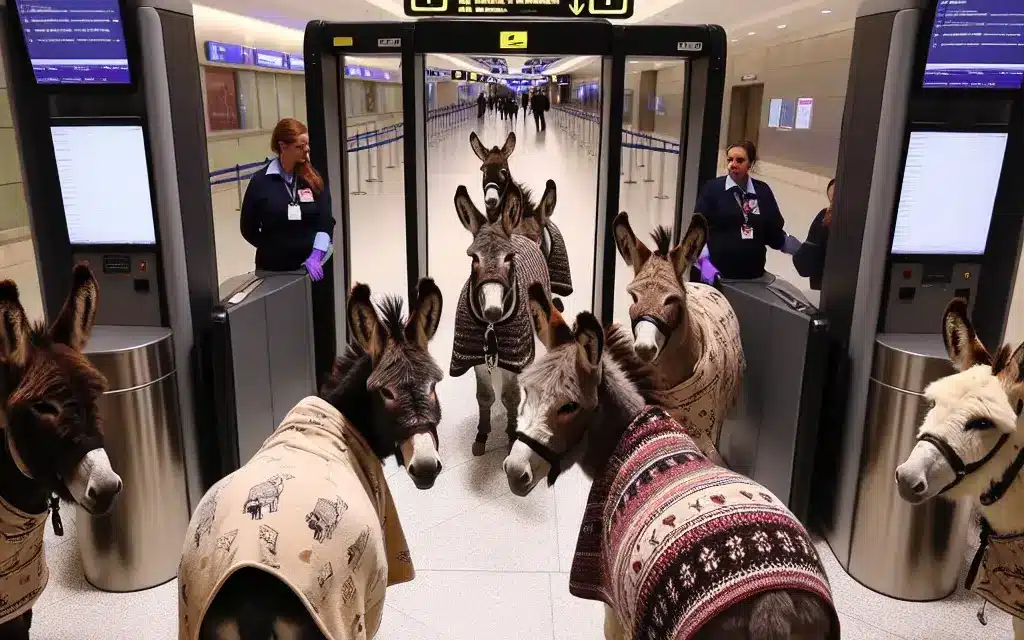
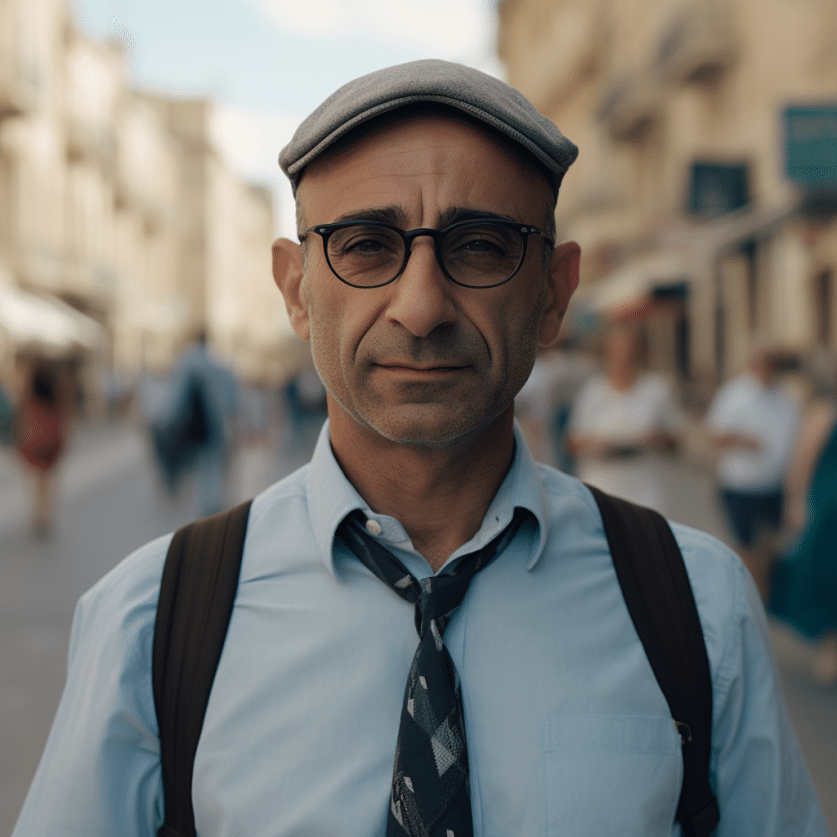

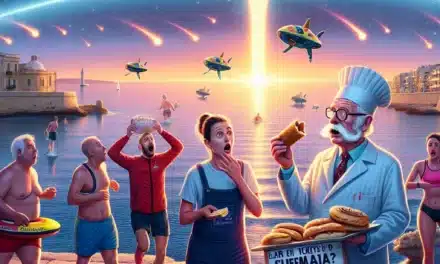
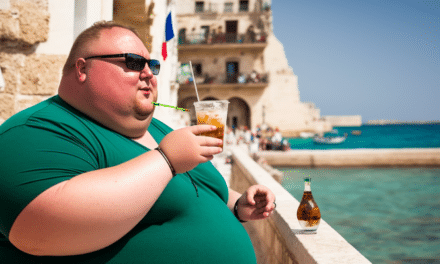
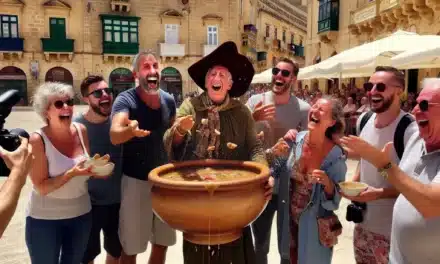
Recent Comments